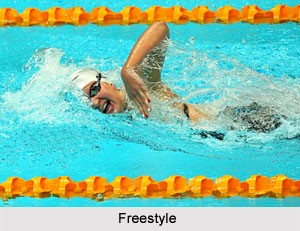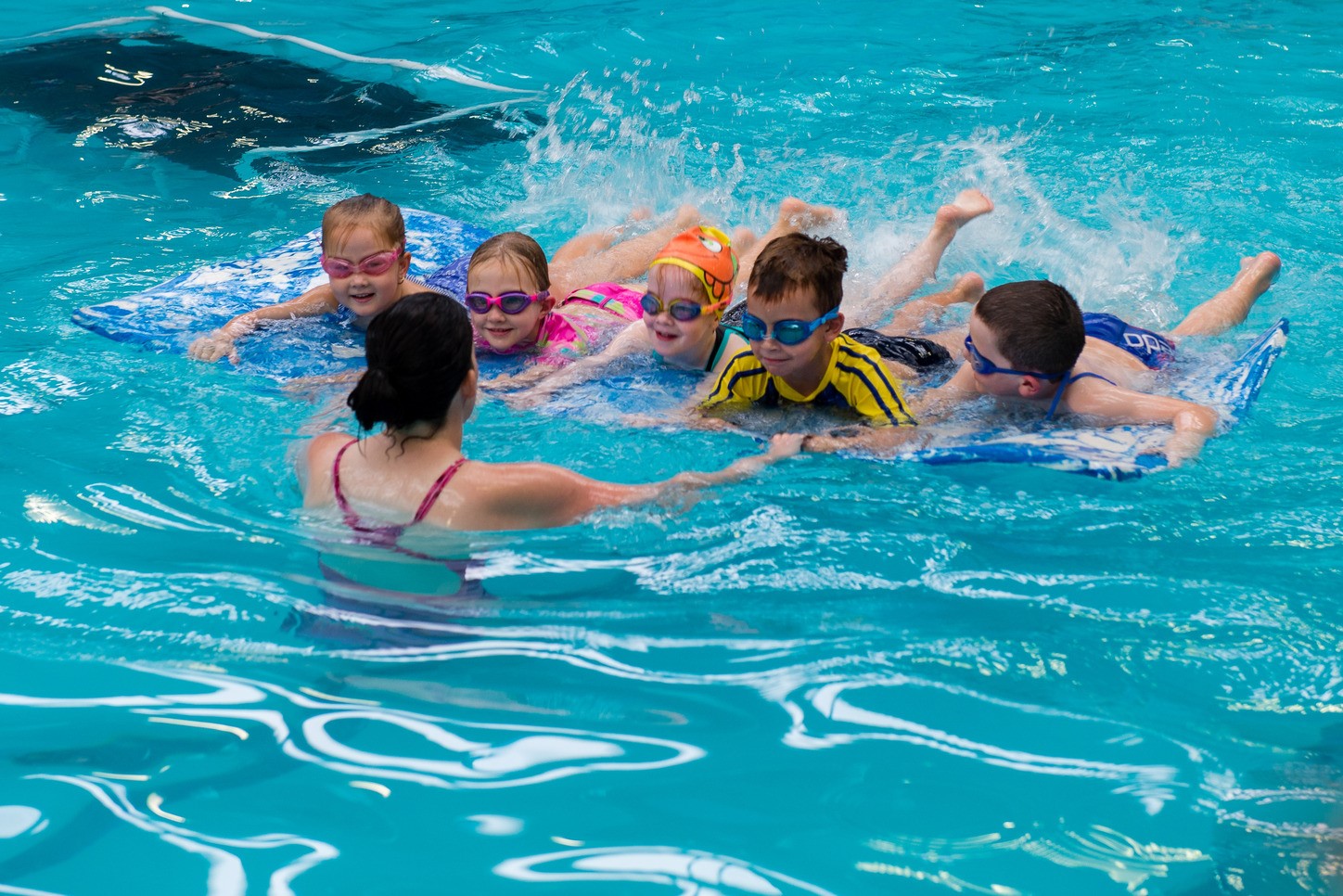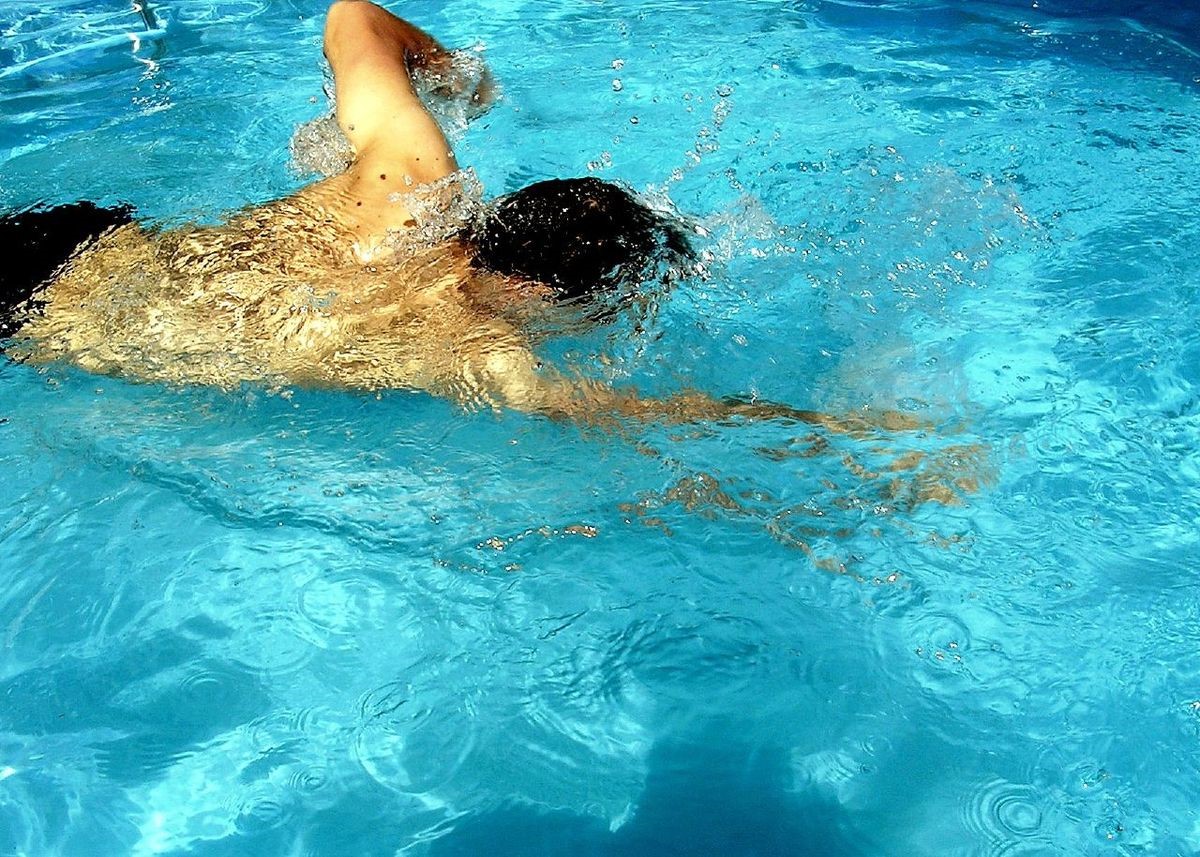Swimming and Snorkelling
ITDA Swimming Certifications for Non-Divers and anyone who wants to learn to dive but cannot swim and need to learn to swim before training commences. So we are offering from our diving professionals and First-Aid Instructors a variety of course programs that may lead to diving but are certifications in their own right!
Swimming Certifications
We can offer courses in learning to swim, starting with buoyancy aids and leading to Swimming certifications.
Why you or your child should learn to swim
Reasons why you or your child should learn to swim are many and varied. You need to give your self and your child the opportunity to learn to swim.
Our oldest student was 83 years and our youngest was just 6 years old.
The most important reason is that swimming is the only sport which may save your or your, or your child’s life.
Drowning is still one of the most common causes of accidental death in children, therefore being able to swim is an essential life-saving skill.
Learning to swim is both fun and easy for most people, young or old, everyone can benefit from learning to swim and almost everyone can do it!
Learn to Swim with us
Learning to swim can be a very enjoyable or traumatic experience depending on the circumstances. Many families wait until their children are older until they arrange lessons for them to learn to swim, or even introduce them to being in the water. This is not really beneficial. The longer you wait to learn how to swim, or to even acclimate yourself to the water, the harder it may become.

L1. Adjusting to the water (Comfort Level)
Kids can be taught how to swim when they are still in diapers, although this is not necessary. Throwing your kid in the deep end with only a flotation device in the "sink or swim " fashion is also unnecessary, and can be dangerous. Getting a child used to being in the water when they are still in diapers is very beneficial though.
With ITDA Professionals, learning to swim is safe and great fun! We can work with families and individuals to offer training and support. Offering a simple process of learning and practising skills in a safe supervised environment.
Even if you are learning at an older age, the ITDA process is still simple and fun, we begin with pool training, by just being in the water (Deep Enough to stand up in...) and walking in the shallow end, working up to being comfortable getting your face and head wet, even trying to hold your breath under the water, (just for a few seconds, builds confidence).
For a smaller children we encourage the parent or
parents, to hold them close to your body and take them
into a pool or any other body of water.

Soon they will become used to the feeling, and all fear will disseminate, and they may even try to scramble into the water by themselves.
At this stage it is very important to explain the dangers and for a child to fully understand the hazards that water can hold... Being out of depth, Fast-moving water, deep water and of course the risk of drowning... In our programs all of these points and more are fully explained in a non-technical and easy to understand way.
L2. Learning to kick (Basic Skills)
After you or your child become comfortable with your
face in the water, the next step is learning how to
kick. The best swimmers kick with their whole legs, not
just from the knees down. Keep your legs as straight as
possible while kicking, (Not using Cycling leg moves, as
in riding a bicycle) and with little to no bending at
the knee. Keep the kick constant.

Do not kick really hard for a spurt of 10 to 20 seconds then stop and take a break. Keep it up at a steady pace, even if the pace is slow. Keep your legs 90 percent under water.
Your feet should come out of the water during a hard kick, but when going slowly everything should remain below the surface of the water. (Your Instructor will help with tools and games, to develop skills and comfort in the water.)
Practice kicking on the side of the pool or by using a kick board. When using a kick board, place the side the curves out away from your head, grasping the sides with your hands, like holding a cafe lunch tray. As you get more comfortable with the water, try to hold the kick board further and further away from your face so you are able to place your head in the water while holding the kick board near its concave end, or near the points.
L3. Arm work (Skills Development)
Once your kick is strong and your legs are straight
and powerful, you are ready to move on to arm work. Make
sure that you can easily kick up and down the pool
without using your arms before moving on to this step.

Most local pools may provide tools for training. If none are available you can purchase swimming aids online or you can skip this step and move on to streamlining. Your Instructor can advise you!
Grab the swim board with your arms straight and shoulder width apart. Your head should be resting in the water, or on top of the water to breathe. When taking a breath, turn your head to the side and rest your ear on your upper arm, but keep looking ahead.
This is difficult at first, but keep practicing and it will become easier. Once you have mastered kicking up and down with the swim board and breathing to the side, it is time to delop skills for moving your arms.
Take your arms one at a time and move them in a circle, starting at the tip when they are still on the swim board, touching your upper thigh and stretching far out behind you, exiting the water far above your head and finally stretching your hands back to the swim board.
Your arm should remain straight. Once the first hand touches the swim board, the second hand should start a rotation. (Making a circle movement)
Keep your fingers together. Cup the hands slightly. Do not thrash about; this is a smooth stroke. Do not smack the top of the water. But aim to cut through it...
TThe swim board should stay stable on top of the water. If one side dips down, your body is opening up too far on that side. Keep your shoulder closer to the water.
L4. Streamline Hands (Improving your abilities)
Streamline your hands by putting your one had on top of the other in front of you while in the water, so that they make a point. Once the swim board does not move very much and your legs and arms are strong enough to support you without use of a flotation device, move on to streamlining. (Making your body, so that movement through the water is smooth and gentle)/p
We then work on the arms the same way as we did with the swim board, except bring them back to the streamline point, making sure your one hand touches the other one, in a sort of tag team motion, before you rotate the next arm.
Eventually the swim board will not be needed and your arm motion will smooth out. Remember to kick consistently the entire time you are moving and breathe out to the side, alternating sides.
Benefits of Training with ITDA
Our instructors are all diving professionals, trained and certified in; Teaching/Education, Training Safe Skills in the water, Rescue and First-Aid and much more... Their objective is safety first and then helping you to get the swimming skills level you desire and maybe higher level training like; Water Rescue or even entry level scuba diving. We have it all and want to share our skills and experiences with you!
Page is in development and more information is available from admin@diveitda.com if you have an urgent inquiry...
Please bookmark page and we will get back to you, as soon as possible....
Please check us out on social media using the icons (Top right hand of screen...) or Facebook - Twitter or LinkedIn
ITDA and IHMP, training scuba diving, advanced and
technical, training professional divers, from diver to
instructor, plus IHMP first-aid and IHMP instructor,
plus, our unique divepro opportunity.
M
Mail us Directly
Contact gina
gcadmin@diveitda.com
Mon -
Thursday,
9:30-7:00pm
Friday - Saturday, 10am to 1pm.
Sundays and Holidays - Closed
Company Details
ITDA Group International Inc. Ltd.
CEO
Contact Steve
stevecm@diveitda.com
COO
Contact Gina
gcadmin@diveitda.com
Office Locations
2...
ITDA and IHMP, training
scuba diving, advanced and technical, training
professional divers, from diver to instructor,
plus IHMP first-aid and IHMP instructor, plus,
our unique divepro opportunity.